Basil is one of the most popular spices. It is very often used to give dishes of exquisite taste. Its in particular, many add to many vegetable and vegetable dishes. Also, the leaves of the plant are widely used in folk medicine for the treatment of various ailments. On the characteristics of this culture and how to grow basil - further in the article.
Culture characteristics
According to scientists, the birthplace of the plant is Asia. In most people who inhabit this continent, the Basil is considered one of the sacred plants. So, in Hindu and Chinese religions it is believed that the leaves of this culture are nothing more than the passage of the deceased in the best world. As the royal plant belonged to the basil and the ancient Greeks, and in translated from Greek his name is literally translated as "Royal".
True, on the expanses of Europe, this plant was for a long time banned. Catholic believers considered it damned. They believed that his smell had severe magic and could turn a person in Scorpio. The european arrived only after several centuries later and then first in Italy, and then in France, Basil began to grow in culinary purposes. And on the Apennines, this plant was considered a symbol of family well-being.
The beneficial properties of this culture were known to people a thousand years ago. In India, for example, this plant was a sacred talisman who could protect the family from the troubles and ailments. In general, many nations have a giving, according to which Basil is a symbol of love and family happiness. In Romania, even today there is a romantic custom, which is that when the hands and heart is offered, the girl should give a guy a green branch of the basil. Leafs of this culture are used in various religious ceremonies and various rituals.
Basil is an annual green plant that forms a small, but quite a nice bush up to 55-65 cm high. Low-growing plants reach a height of just over 25 cm. Different types of basilica are distinguished by a large set of colors of their leaves, as well as their individual configuration and variety of sizes. . The plant itself is characterized by severe branchiness. At the same time, leaflets, depending on the variety of culture, can be from brightly salad to purple green. The shade of the plant flowers can vary from white and pink to violet.
Today, basil is grown in the Caucasus, in India, Africa, Moldova, Iran, in the countries of Central Asia and Southern Europe, in Russia, as well as on the islands of the Pacific Ocean. It is noteworthy that today there are more than 160 different varieties of this plant. He has a lot of other names, in particular, "Raigra", "Rayhon" and "Vasilka fragrant". And this is not all its famous names.
Some of the Basil varieties have a smooth edge of the sheet, and some it is carved. There are so the leaves of corrugated form. As for the size of the leaves, they can be from small to large, and in width - from a narrow to very wide. Despite the variety of varieties of basil, all of them unites one thing - a charming aroma and taste. It is because of them that this plant got such popularity.
Basil flowering in our latitudes falls at the end of July - the beginning of August. It was then that it is better to collect it, because at that time the plant accumulates the greatest amount of essential oils, which form his beautiful fragrance. However, during flowering, the basil can become not only a beautiful seasoning, the aroma of his colors attracts a very large number of insects that pollinate it. Sometimes at that time it seems that plants are alive from a huge number of different pollinators. In addition, this is guaranteed to benefit all the cultures that grow near the garden. At the same time, culture is used not only as spice, but also as a medicinal plant.
Selection of the Basil Growing Plot
Like most annual greenery, basil prefers warm and well-lit plots. The plant does not tolerate the absence of sunlight and sharp decline in temperature. Therefore, try to choose an unmeasured plot for him. The soil for planting should be fertile, well-drained to be the optimal passage of moisture and air to the roots of the plant. Too heavy soil, which delays a large amount of moisture in itself, can be destructive for basilica. Plant in such soil is poorly developed and usually dies.
Sometimes it is useful to plant a basil near young trees. Such a neighbor will benefit and first and the second. A tree with a non-refined crown will not be interfered with the Basilica, but its specific fragrance will be able to drive away from the young seedling of many pests.
When landing the basil, it is worth considering the sevosmen factor. This plant cannot be planted in the same place at an interval of less than 5 years. If not to adhere to this rule, it can lead to a culture disease with fusariasis. This disease is characterized by the appearance of brown spots on the surface of the leaves.
Planting order:
- The landing must be carried out only when the probability of freezing approach zero. Otherwise, if the temperature falls below zero, seedlings will die almost 100%.
- Adjusts organic fertilizers before landing. In the soil are added humid, compost and peat at the rate of 2 kg per 1 m 2 Square.
- Seedlings are planted with small rows, the distance between which should be at least 30 cm. Plants are plants with an interval of 15-20 cm from each other.
- Since the basil is very poorly tolerates a transplant, after this operation it is necessary to hide abundantly. To do this, it is better to use the dilated water temperature. You can prepare it in advance.
- The prerequisite for obtaining a good crop is planting seedlings on a cloudy day or after sunset. Then the plant is better adapted to new conditions.
Growing seedlings
You can, without any particular difficulties, grow basil from seeds. Store seedlings in special garden boxes, which fill the substrate prepared for this purpose. Its composition in equal proportions includes garden land, humid and peat. Seeds are laying at a depth of no more than 1 cm. In this case, they will grow much faster.
Mineral fertilizers can be added to accelerate plant growth. Basil always manifests a good reaction to them. The composition is prepared by the following recipe:
- The water is estimated - 5 liters.
- Superphosphate - ½ tsp
- Potassium chloride - ½ tsp
- Urea - ½ tsp.
- Potassium sulfate - ½ tsp.
For rapid germination of seedlings, it is necessary to provide seedlings the optimal temperature regime. At air temperature of 24-28⁰, the height of the basil is the most intense. In addition to the temperature, it is necessary to constantly monitor the humidity of the soil. In order for the latter did not swing, it is enough to cover the tank with a seedl of film or glass. If everything is done correctly, then shoots will appear on the 7th 8th day after sowing.
The seedy in the process of growth does not require much care. The main thing is to provide it with a sufficient amount of moisture. But here it is impossible to overdo it. Excess watering can lead to a disease of seedlings with a black leg. If the infection has already happened, then the seedlings can be saved only by treatment with a solution of copper mood in the proportion of 1 tsp. on 2 liters water.
Often sow basil right into the ground. However, it is necessary to do this not earlier than June. Before sowing, it is advisable to process seeds by any stimulant growth. To create a small greenhouse effect, you can cover the rows of a basil film. As soon as the seedlings go up, it can be removed.
Plant care
Care for this culture is in proper watering and timely fertilization:
- When growing a basil at home, it is accepted twice a day, as well as lighting the lamp, and both in the morning and in the evening. The feeders are made 1 time per month. This uses predominantly nitrogen fertilizers.
- It should be watered only with warm water, preferably resistant. The water temperature should be 24-26 degrees.
- In addition, the appearing decisions of the plant should be trimmed in a timely manner, so that new branches can grow in their place.
- Considering that Basil loves warmth very much, it is necessary to constantly maintain a high temperature in the room where it grows at 20-22 degrees.
- Like any other greens, the basil leaves should be collected very carefully, without breaking the stalks.
Why is it worth growing basil?
Known bactericidal properties of the plant. It has long been used to neutralize various infections. It is believed that it is enough to add a few leaflets of the basil in food or water in order to clean them from microbes. The beneficial properties of this culture are related to the fact that it contains essential oils. By the way, it is they give a plating a specific, memorable and gentle smell. These oils contain substances such as camphor, linalolol, meelhavinol and eugenol. At the same time, the stalks and leaflets of the culture contain many mineral and tanning substances. They also have vitamin C, B2 and RR, carotene, rutin and various sugars.
As for energy value, in 100 grams contained about 28 calories, which is very small. Thanks to this, basil is useful for people who want to lose weight. It still helps the fact that the plant knows how well sleeping hunger. In addition, the contained vitamins and minerals are able to fill the damage applied by all sorts of diets.

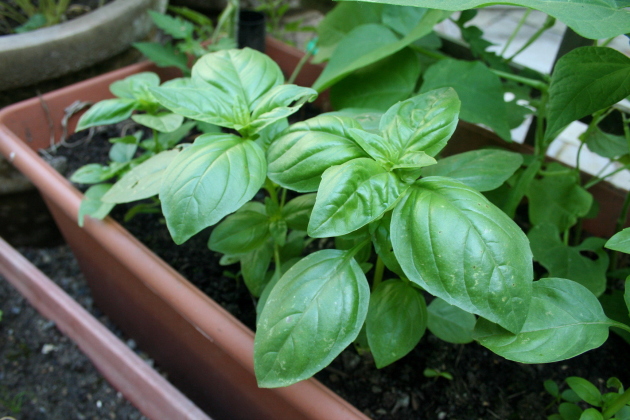
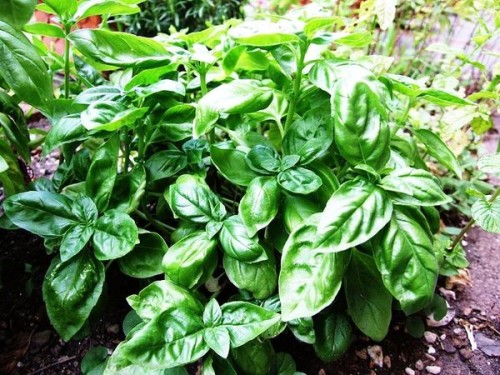
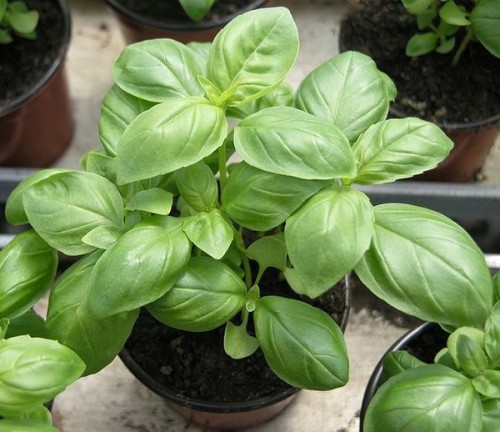
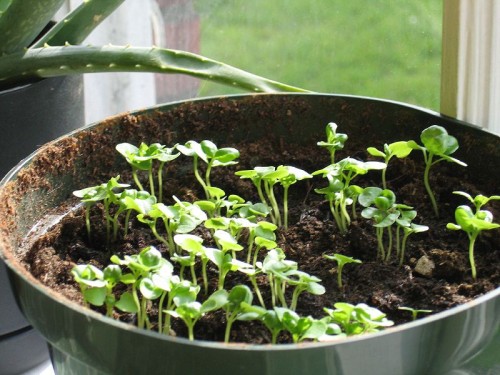
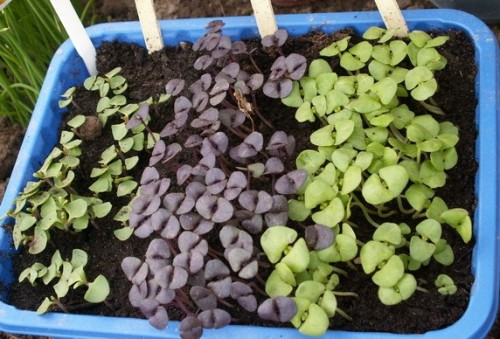
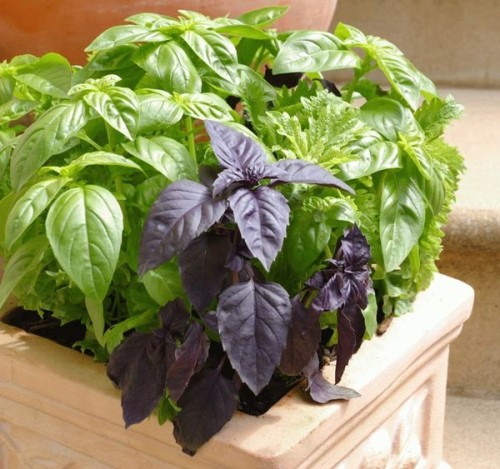

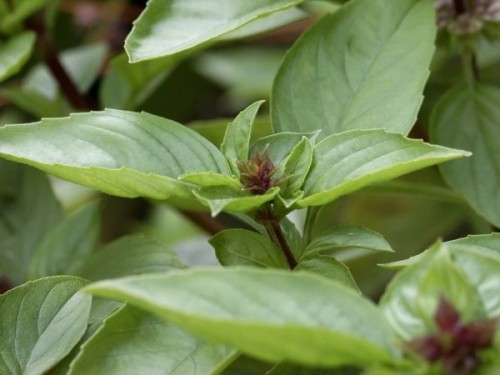
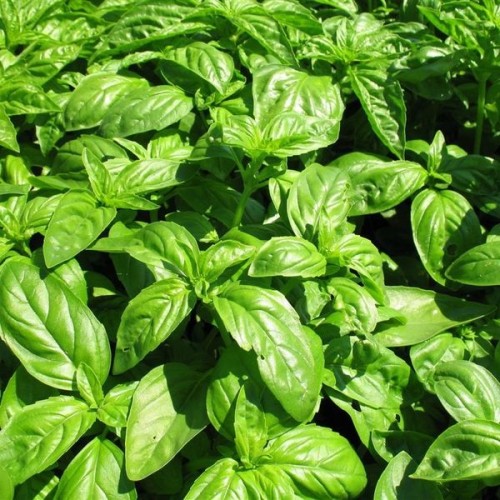












 Start a discussion ...
Start a discussion ...